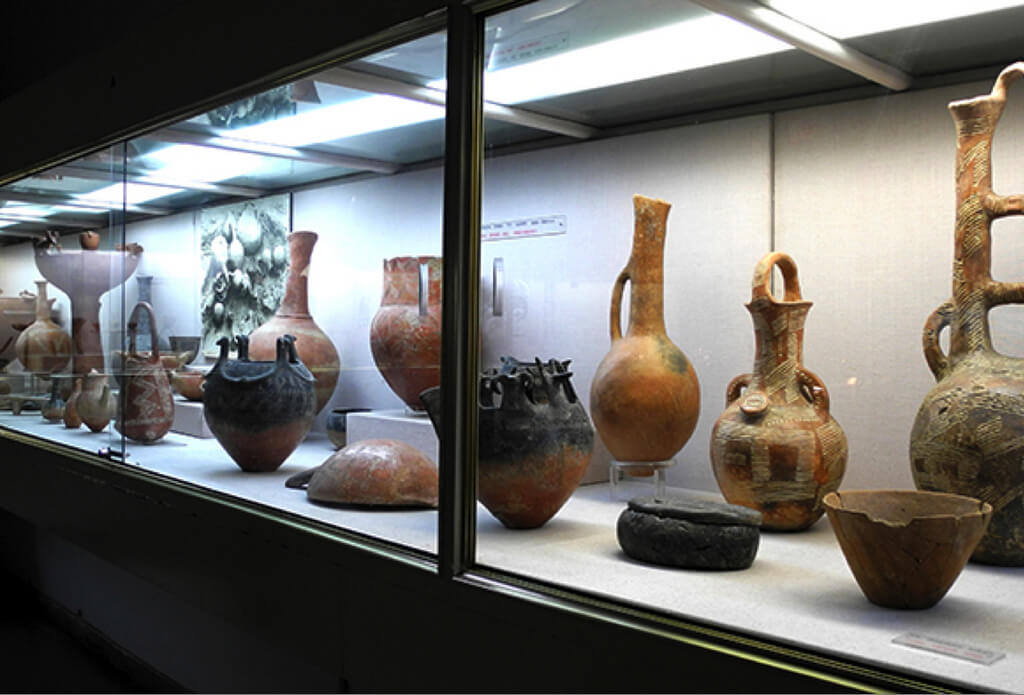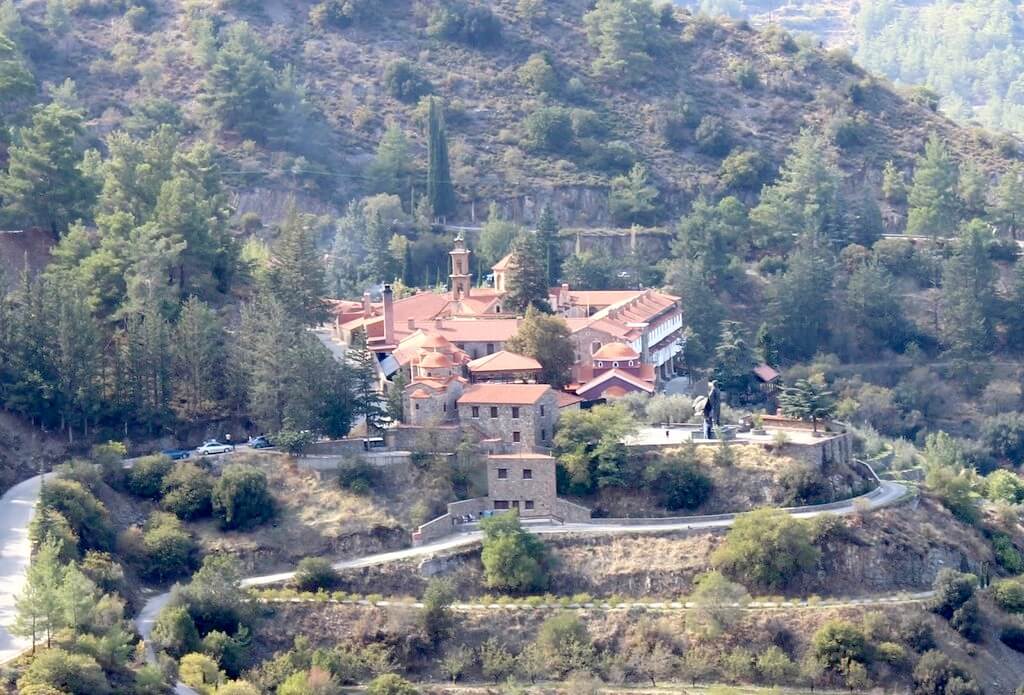Cyprus Museum
The Cyprus Museum of Nicosia is often regarded as the island’s number one museum because it houses an especially rare and extensive collection of Cypriot antiquities.
The Cyprus Museum was founded in 1888 as a way to preserve the artifacts archaeologists were finding while excavating around the island. The Cyprus Museum may not have the ultra modern facilities found in Paris’ Louvre or London’s British Museum, but its collection is nothing short of impressive, with the oldest pieces dating back to the 8th millennium B.C.






